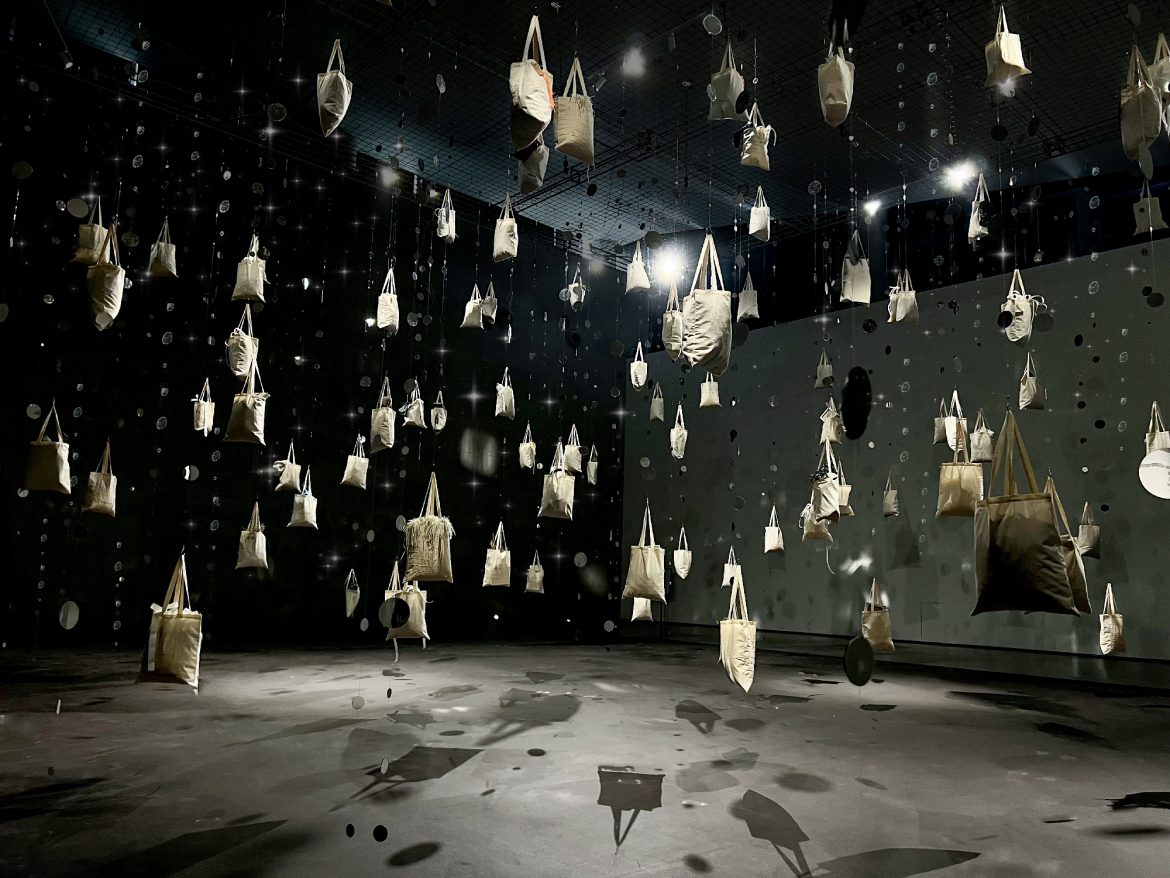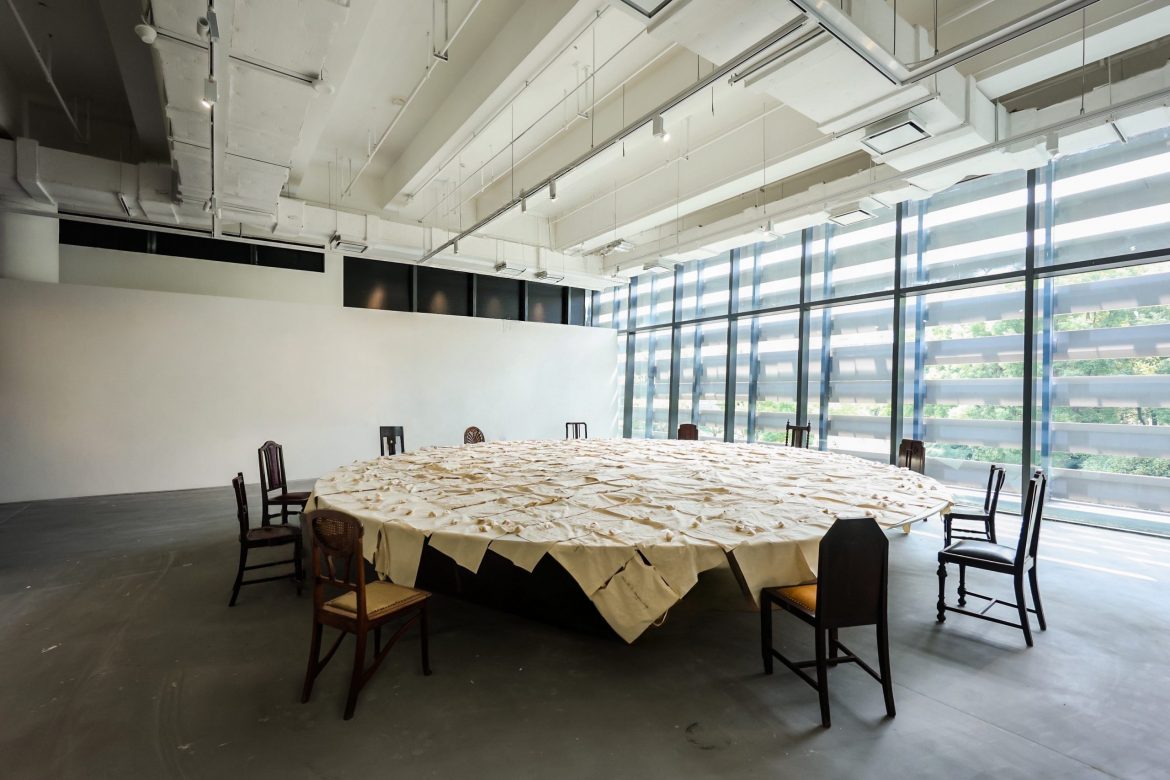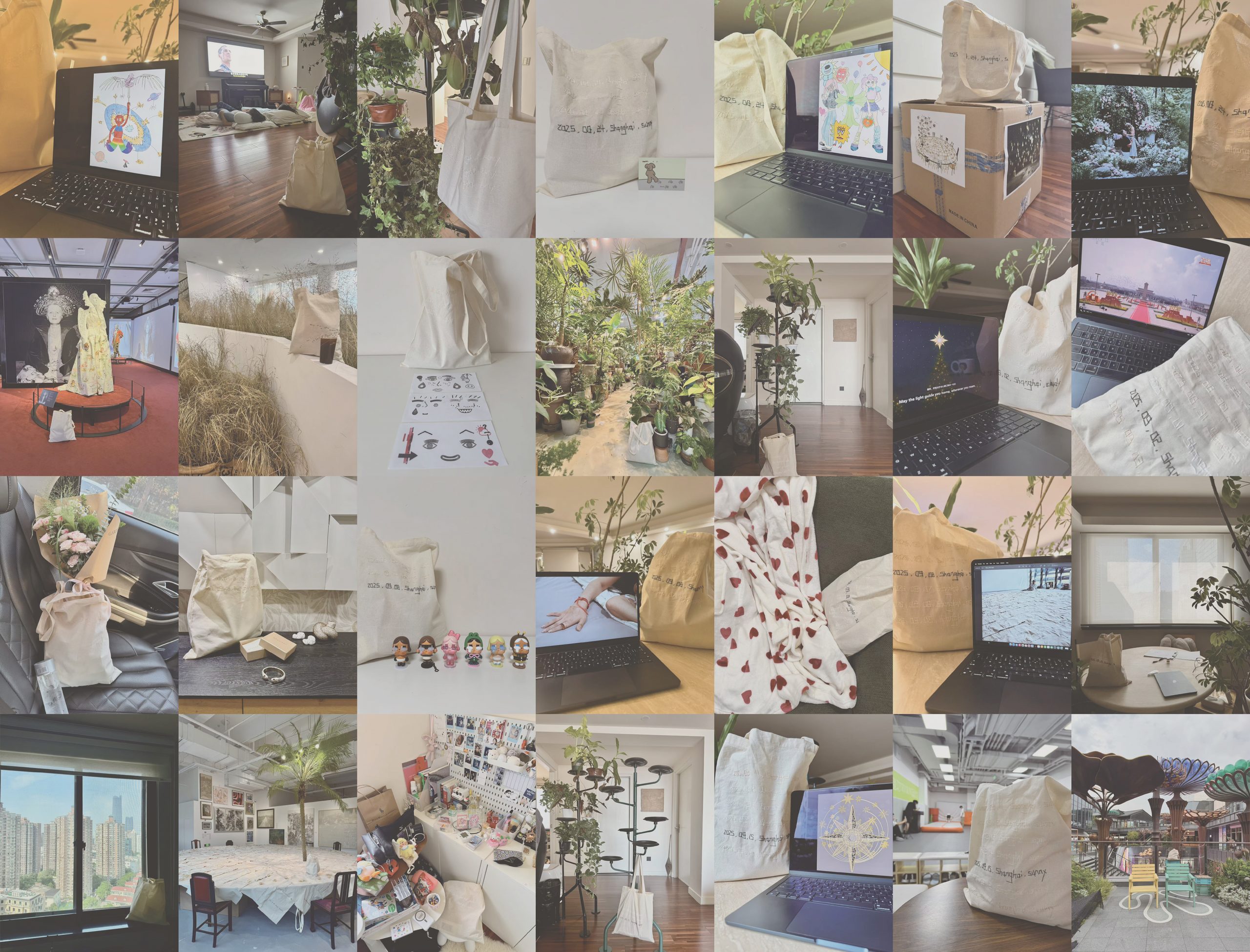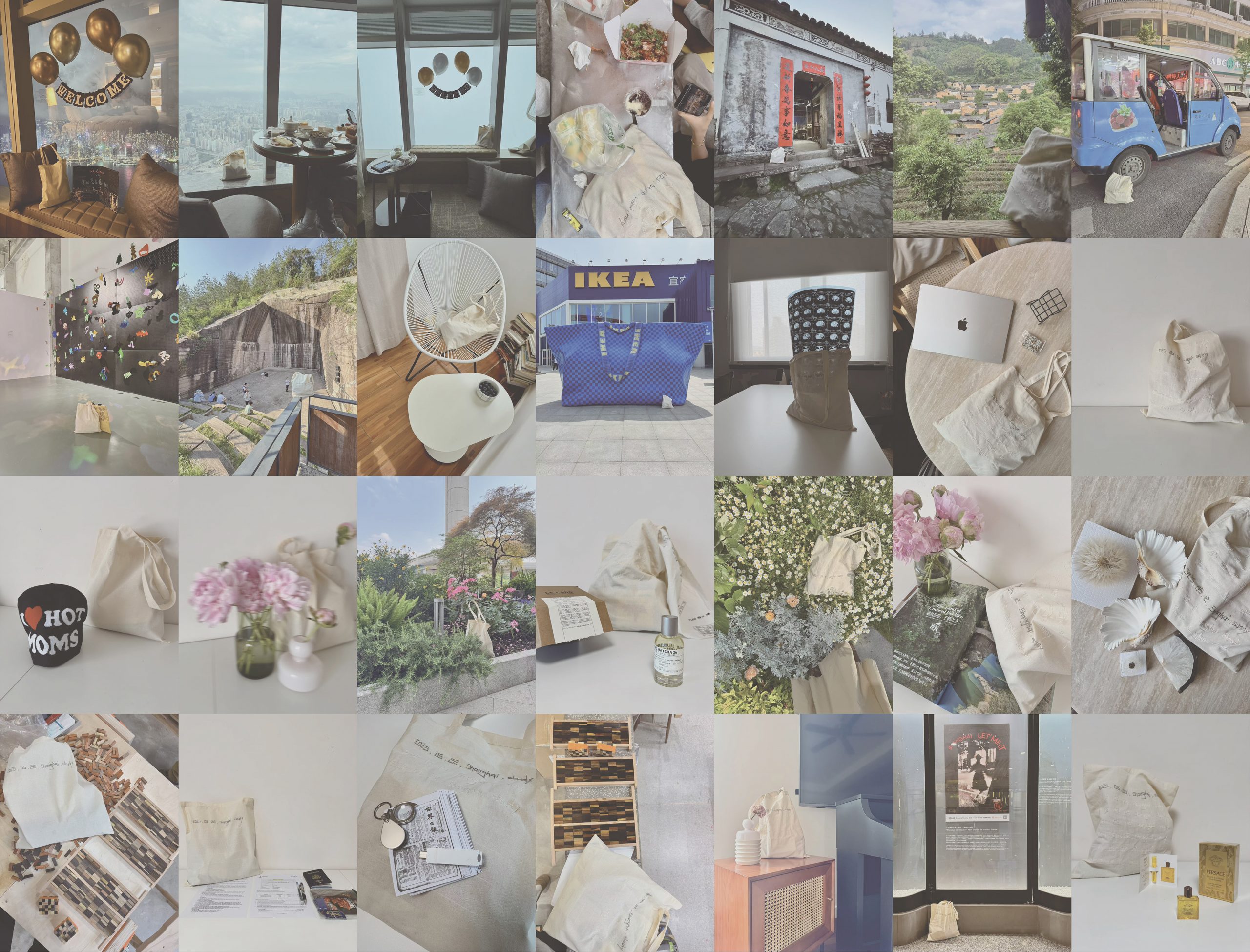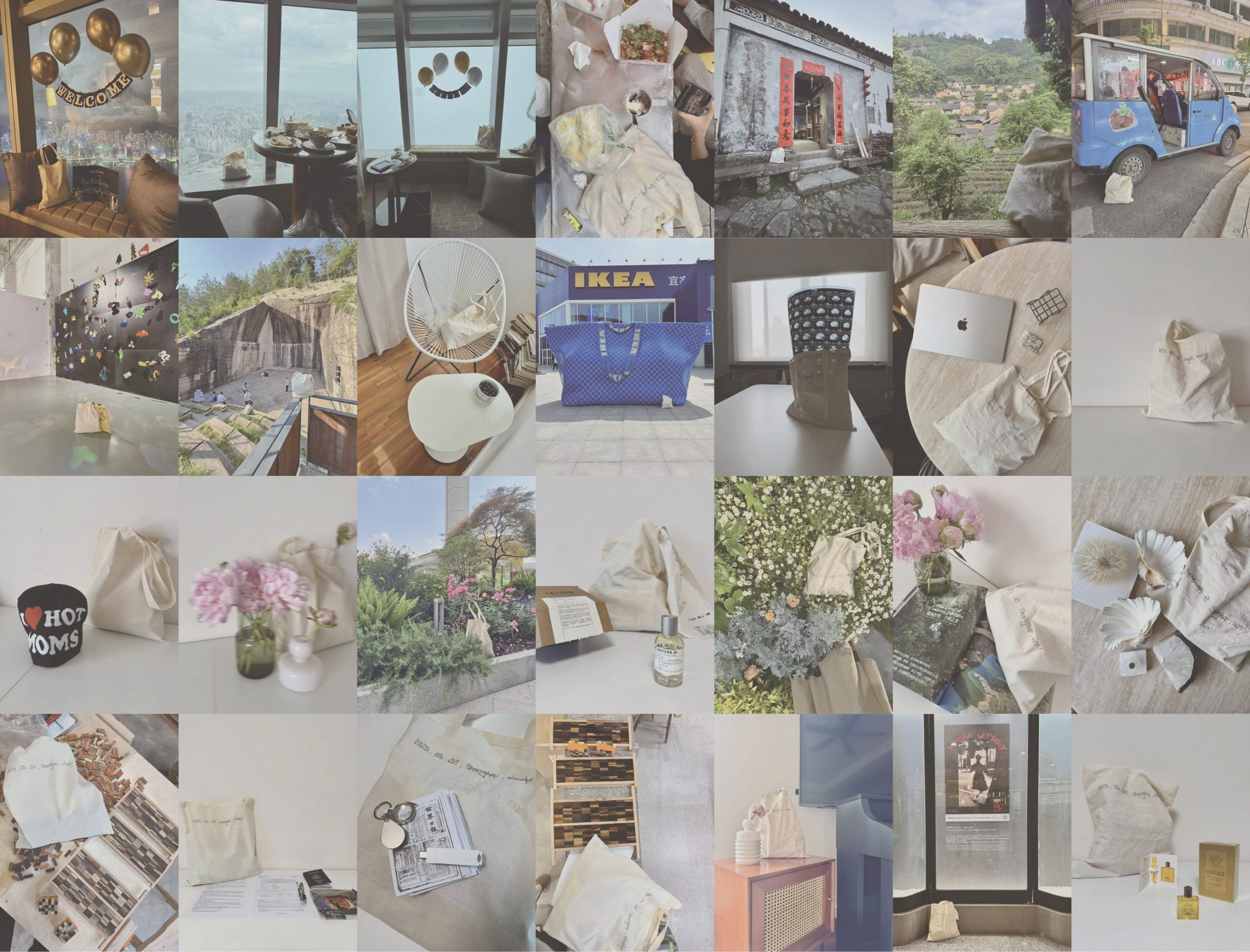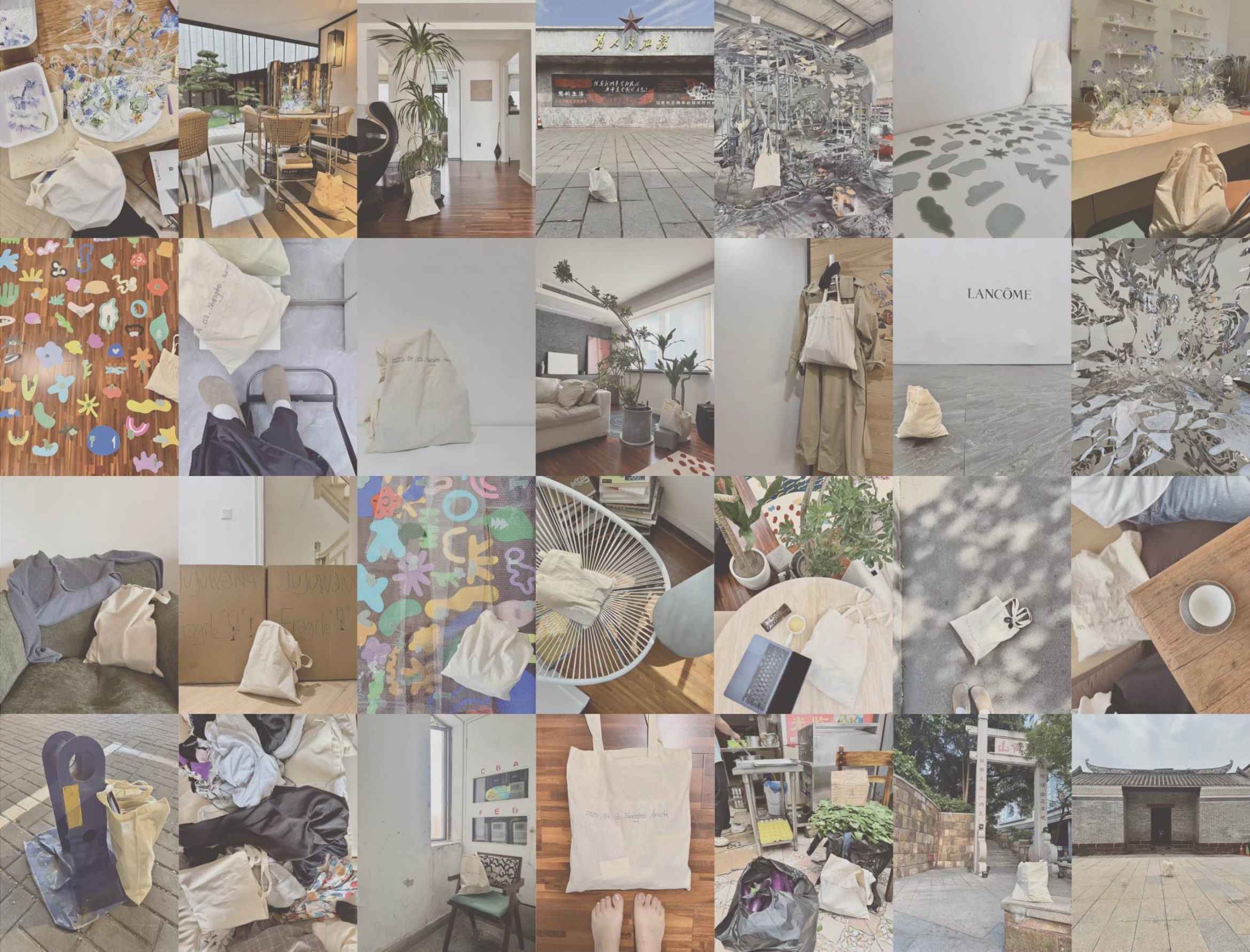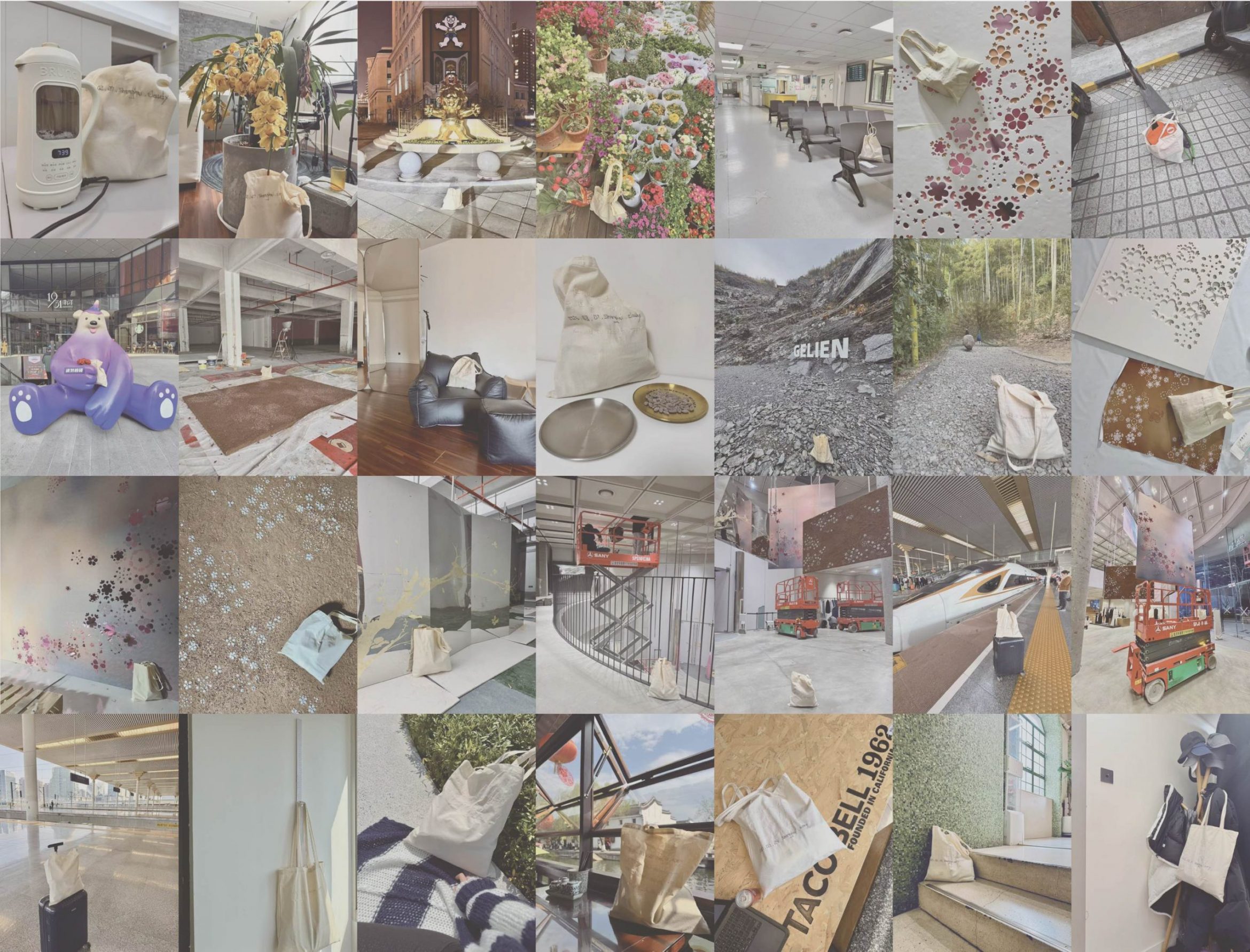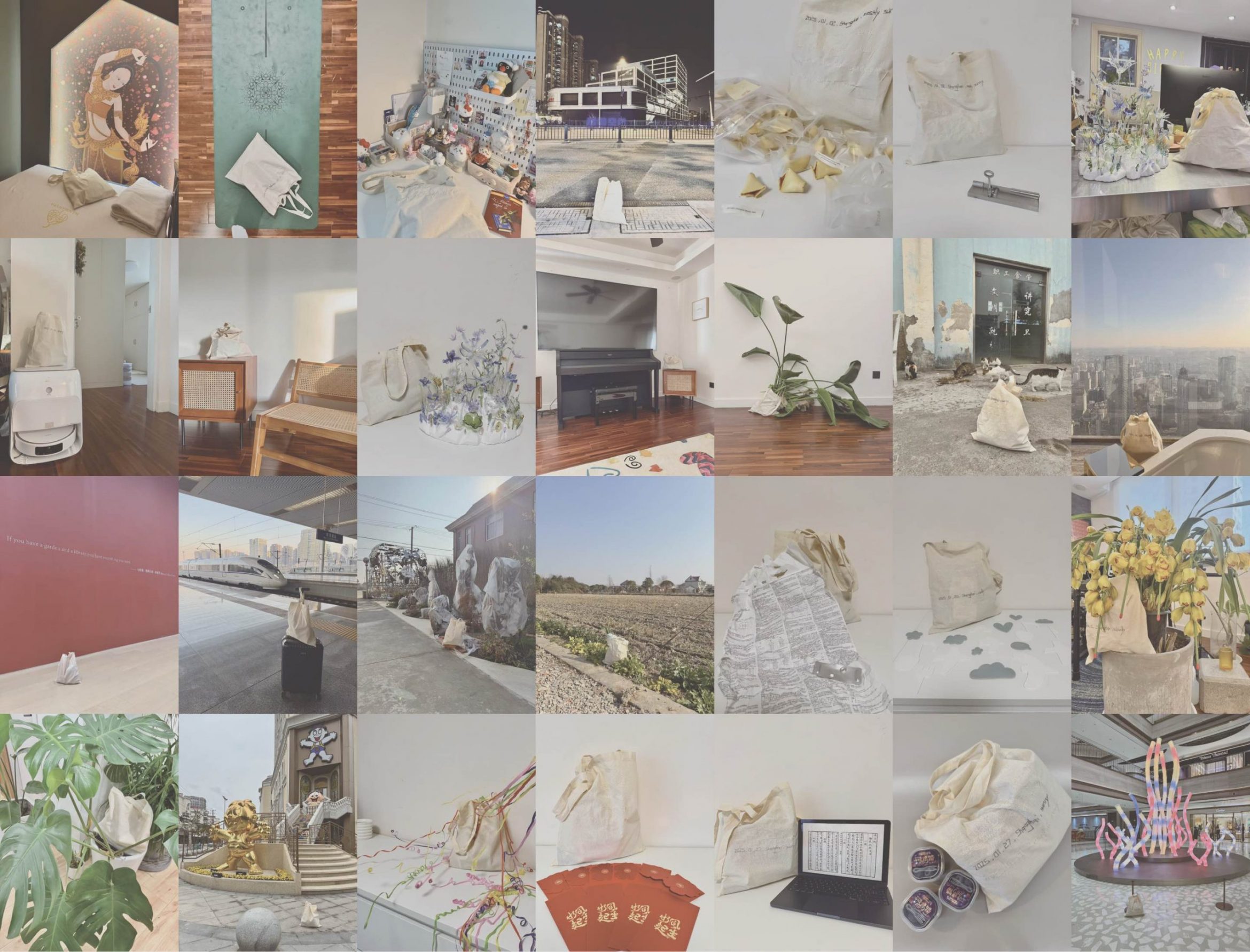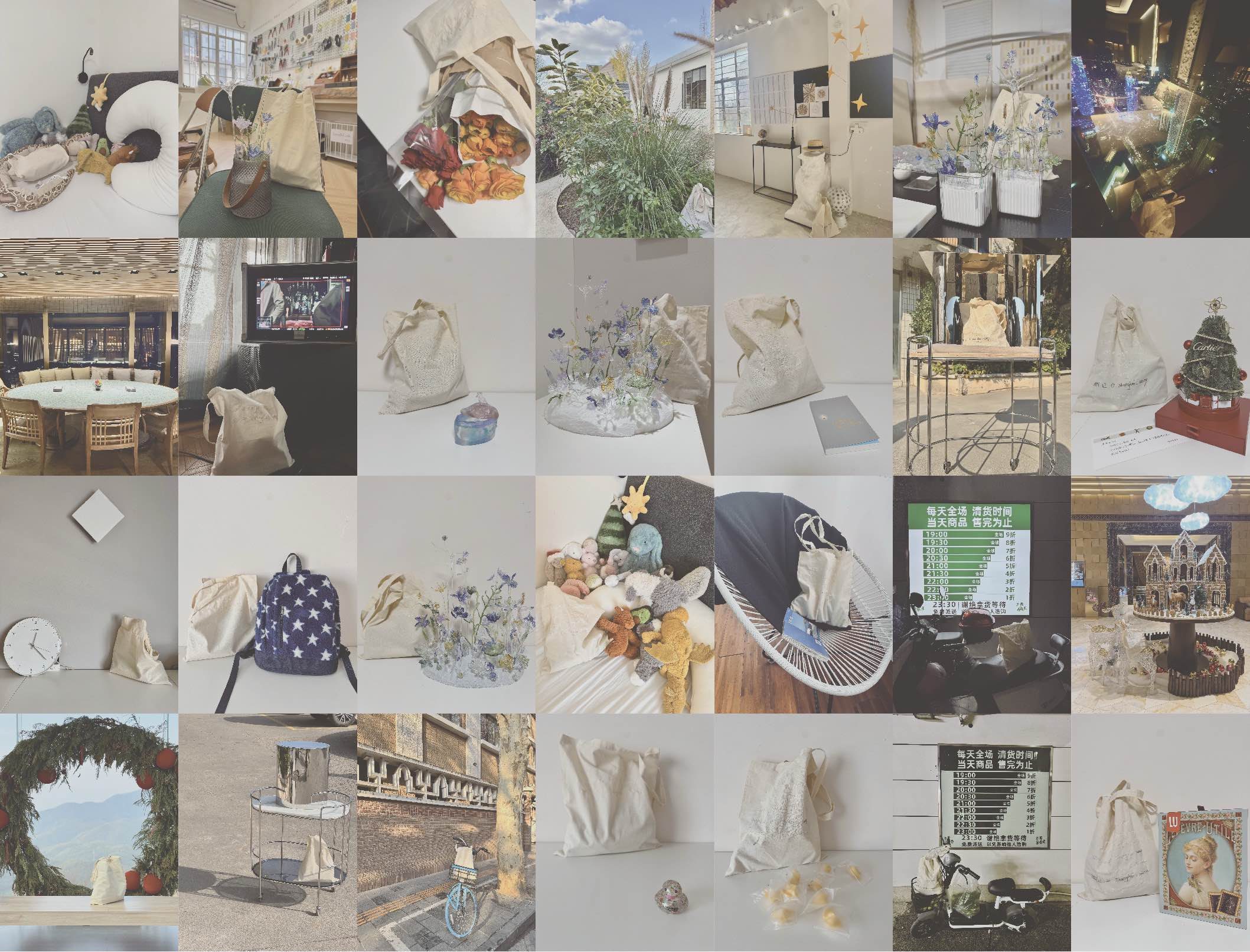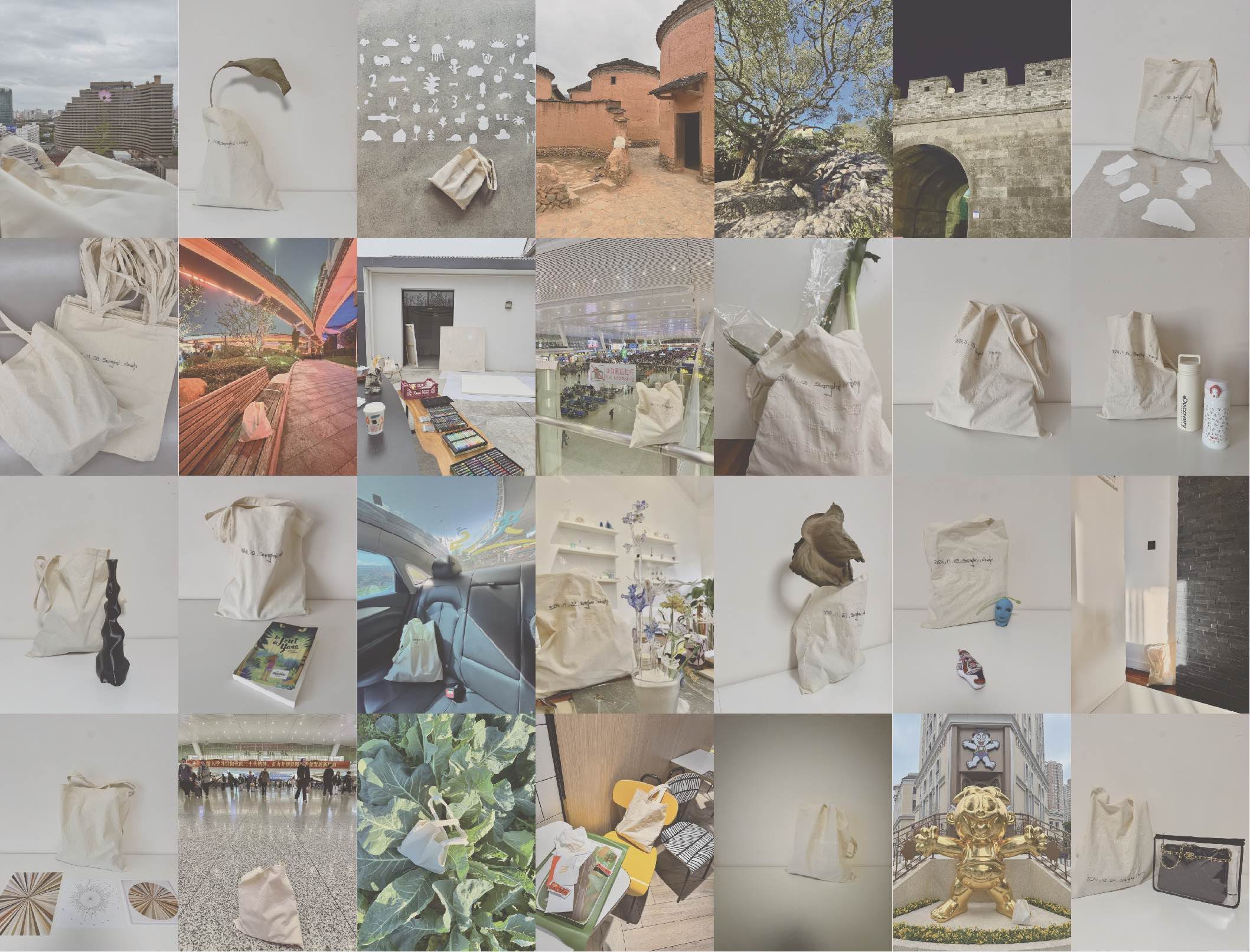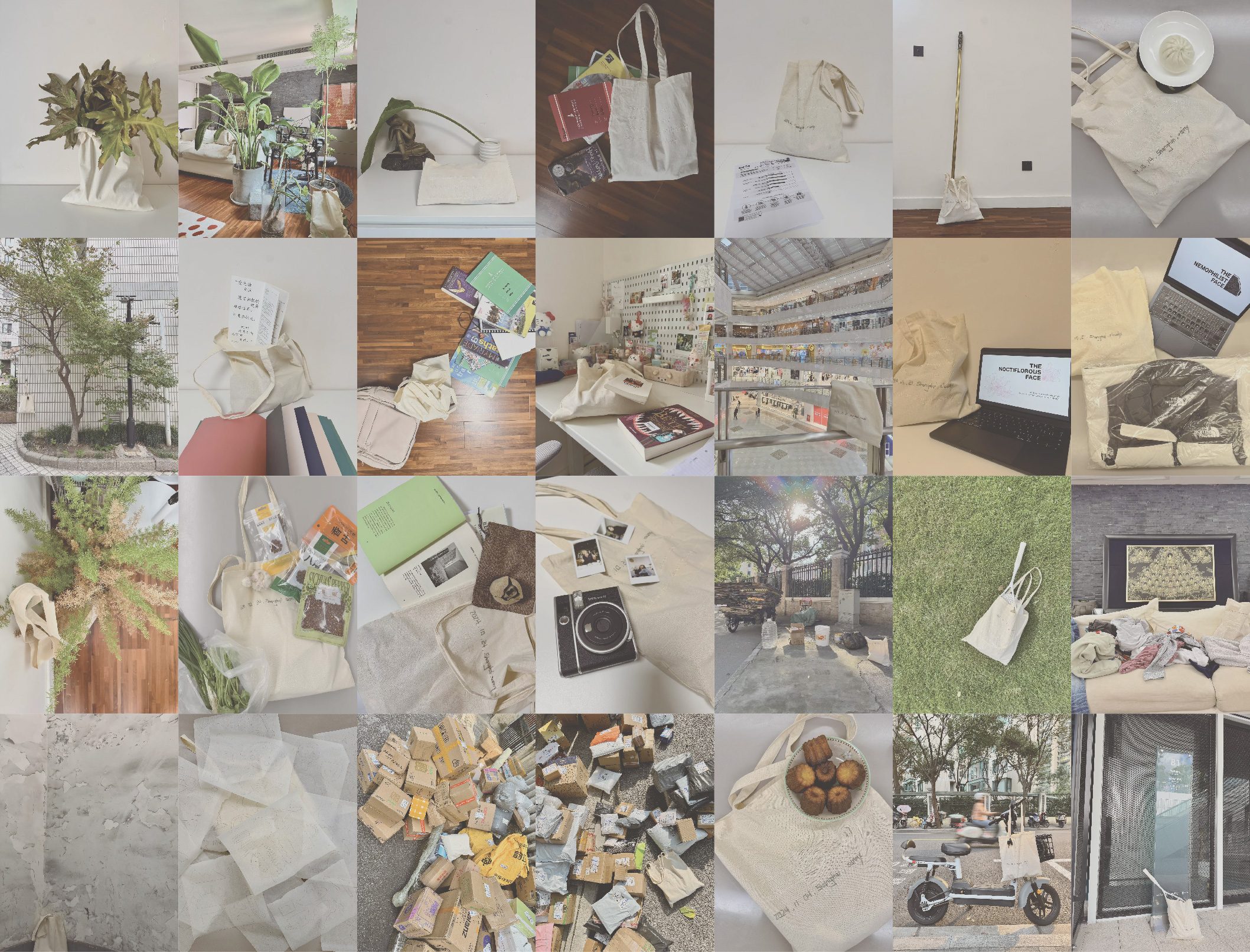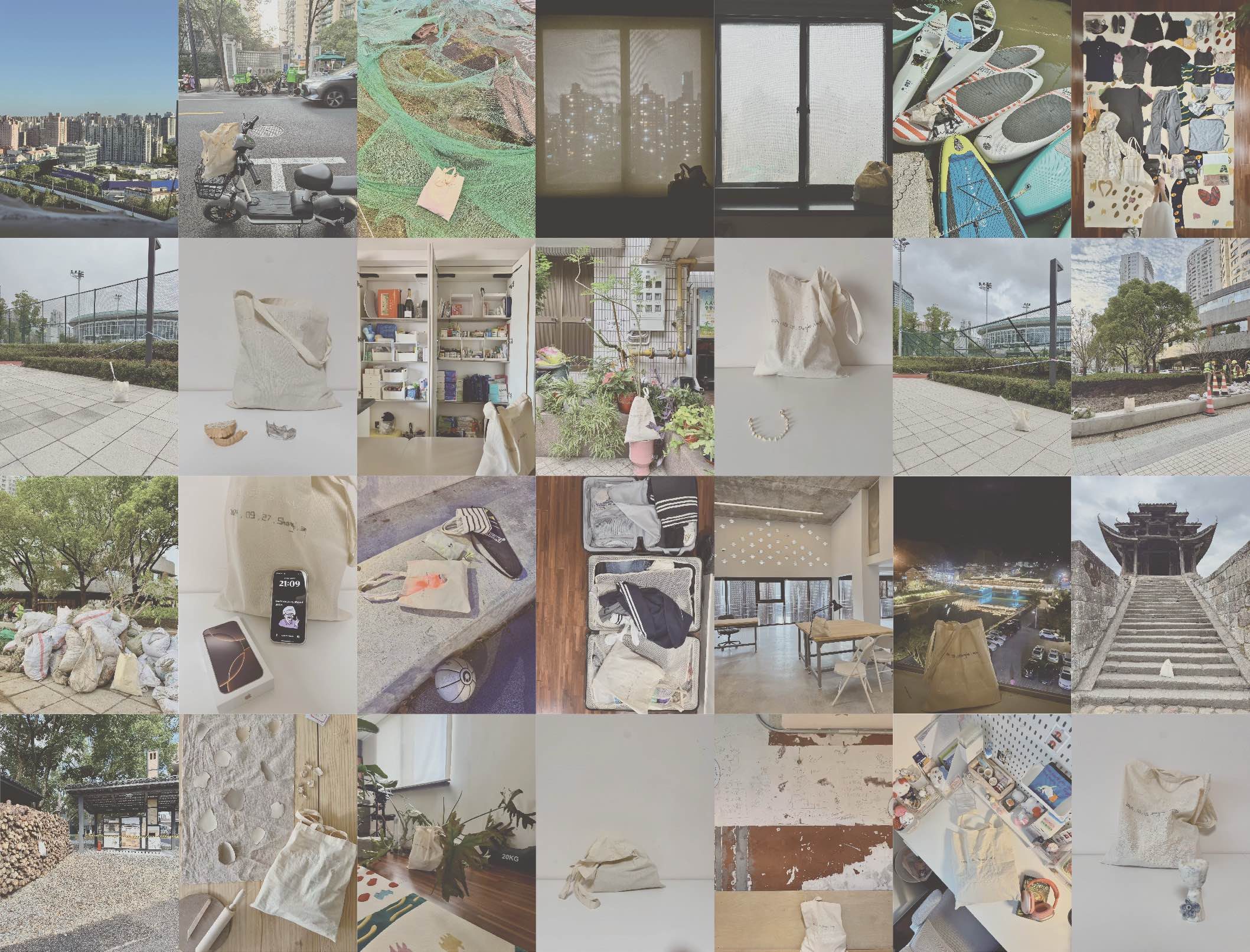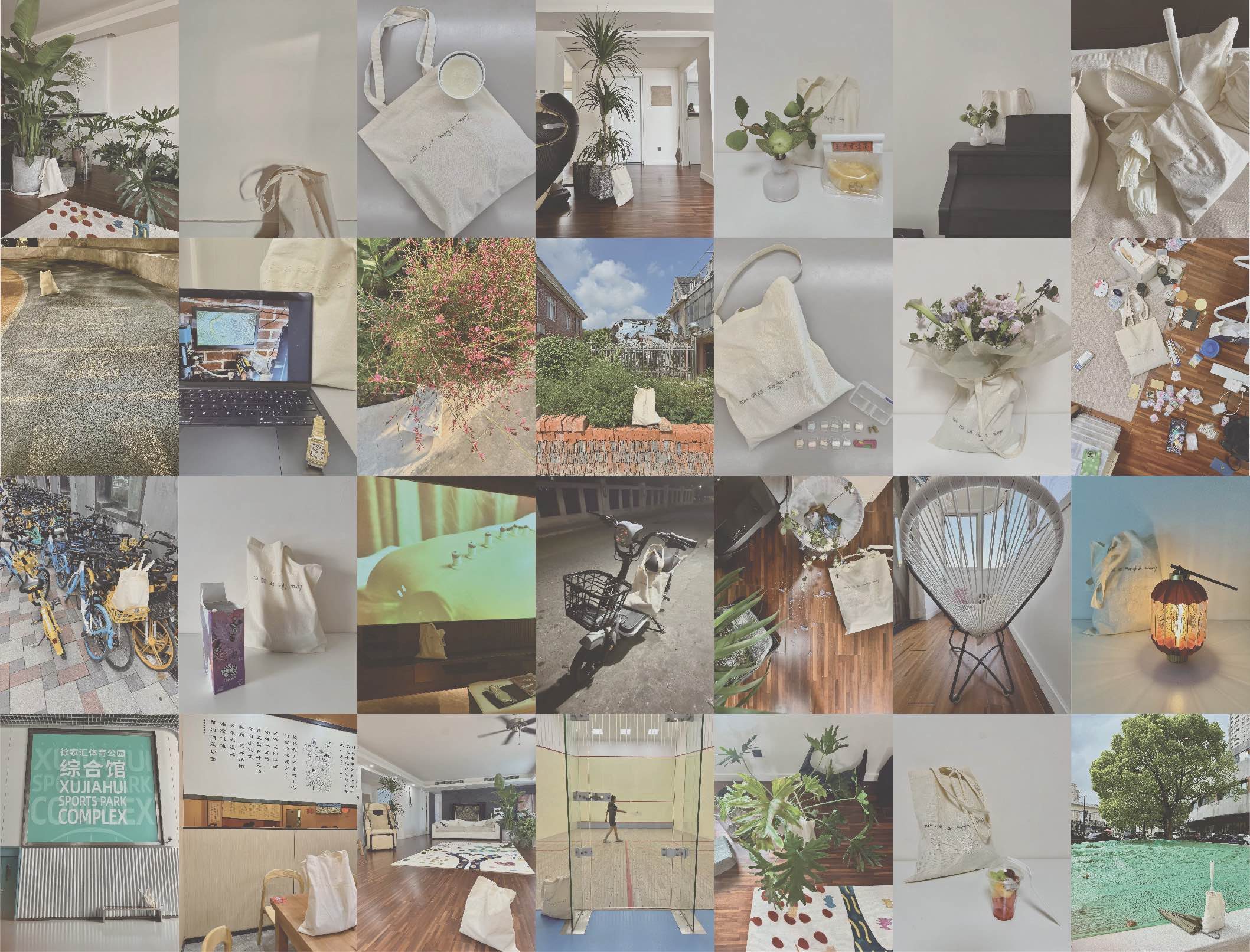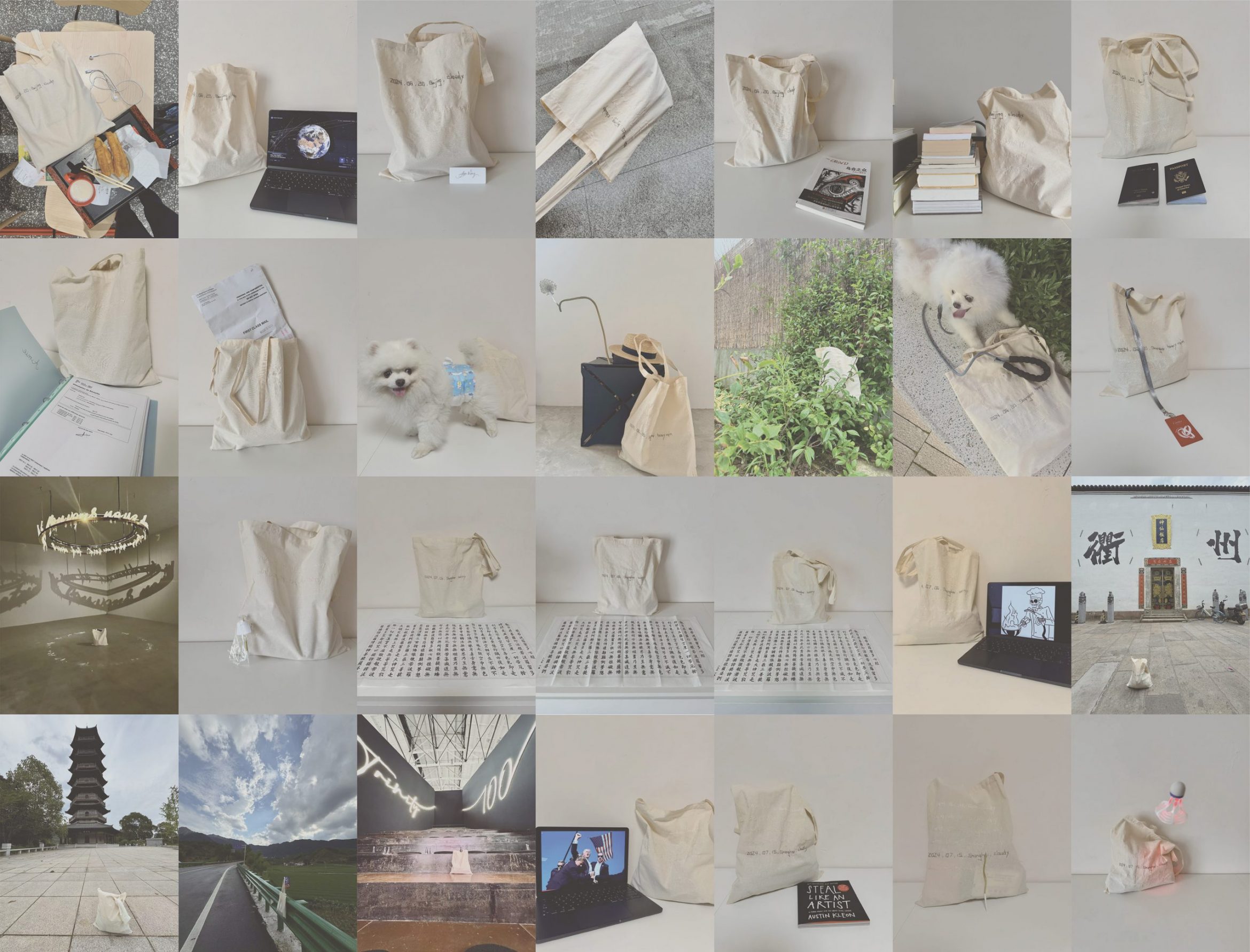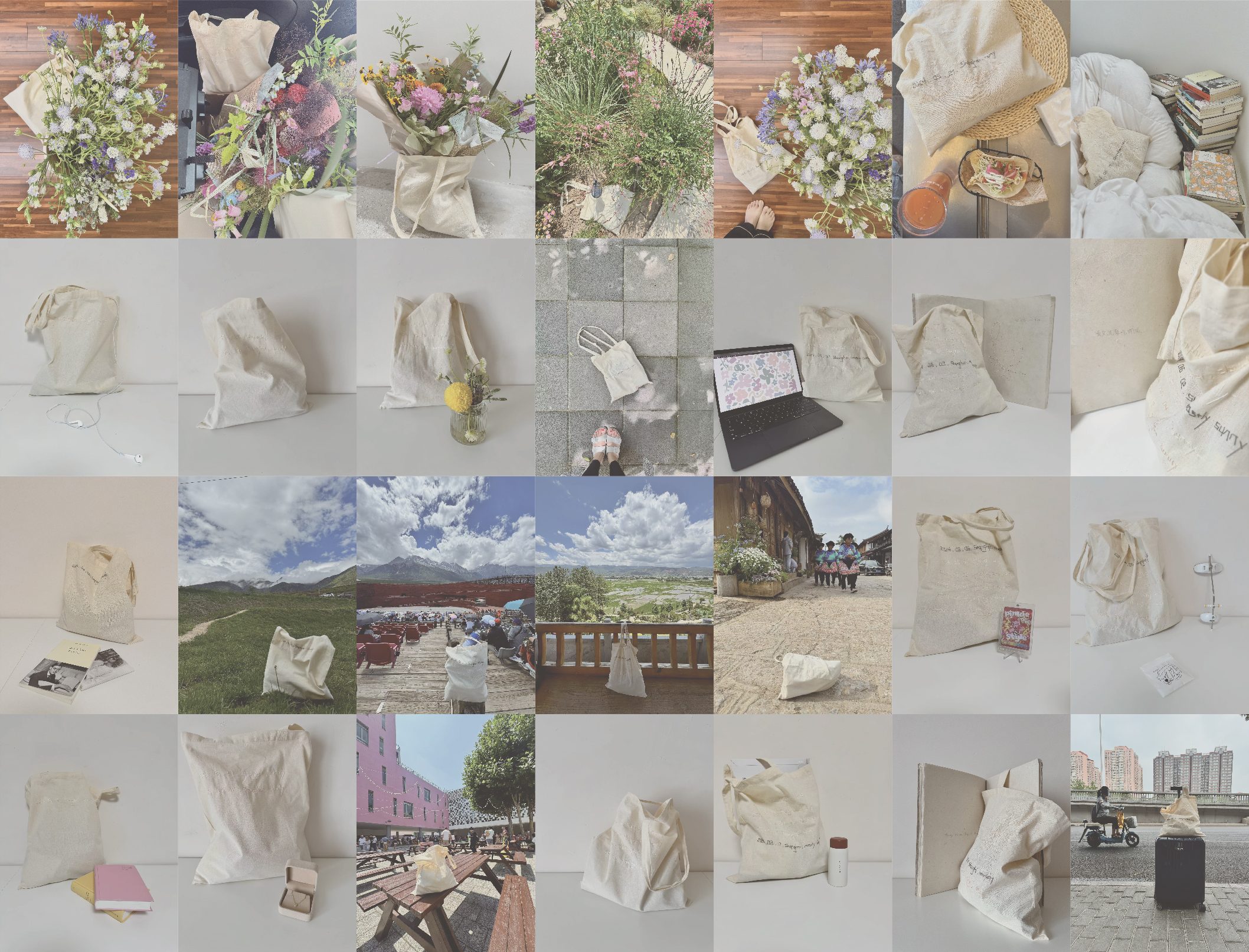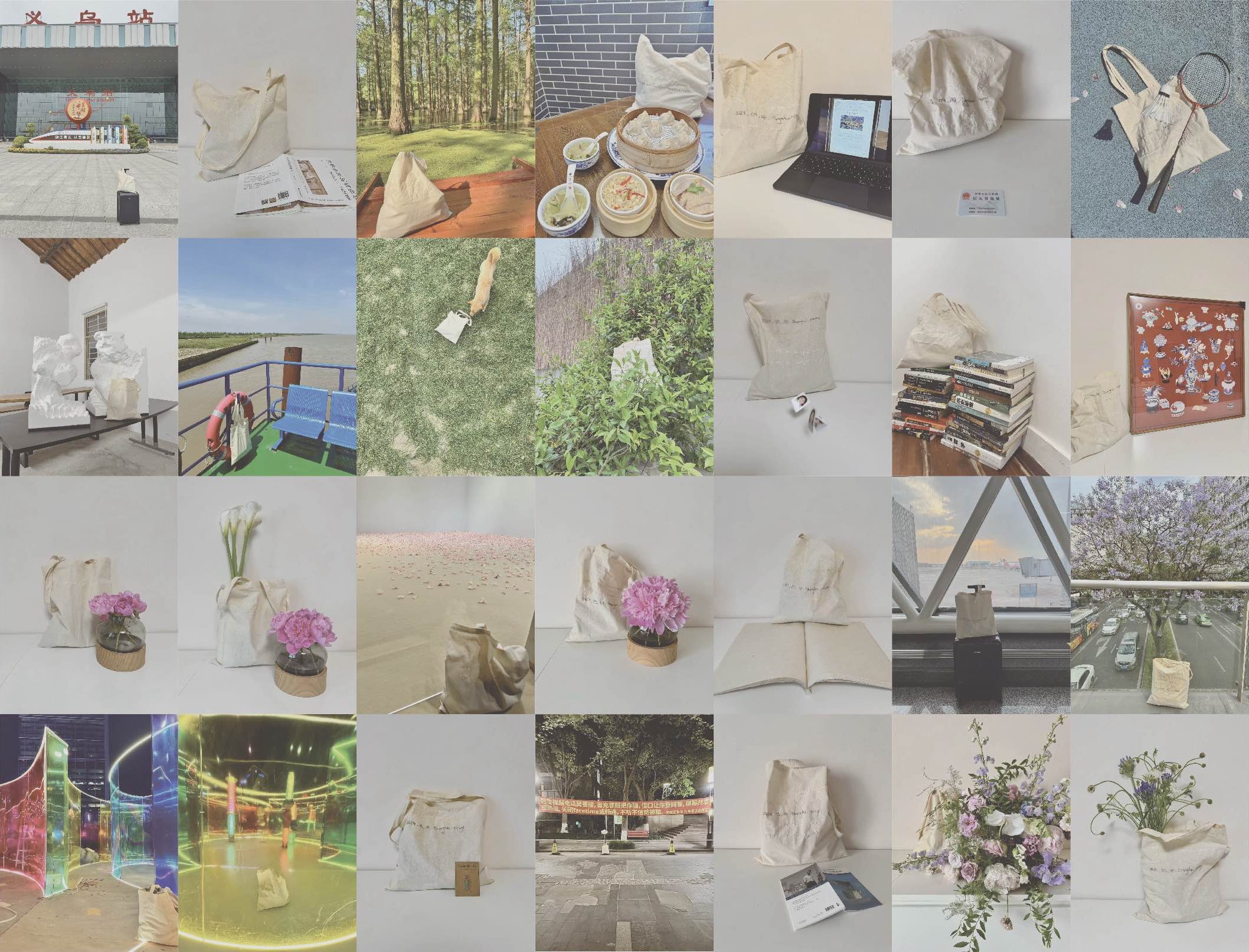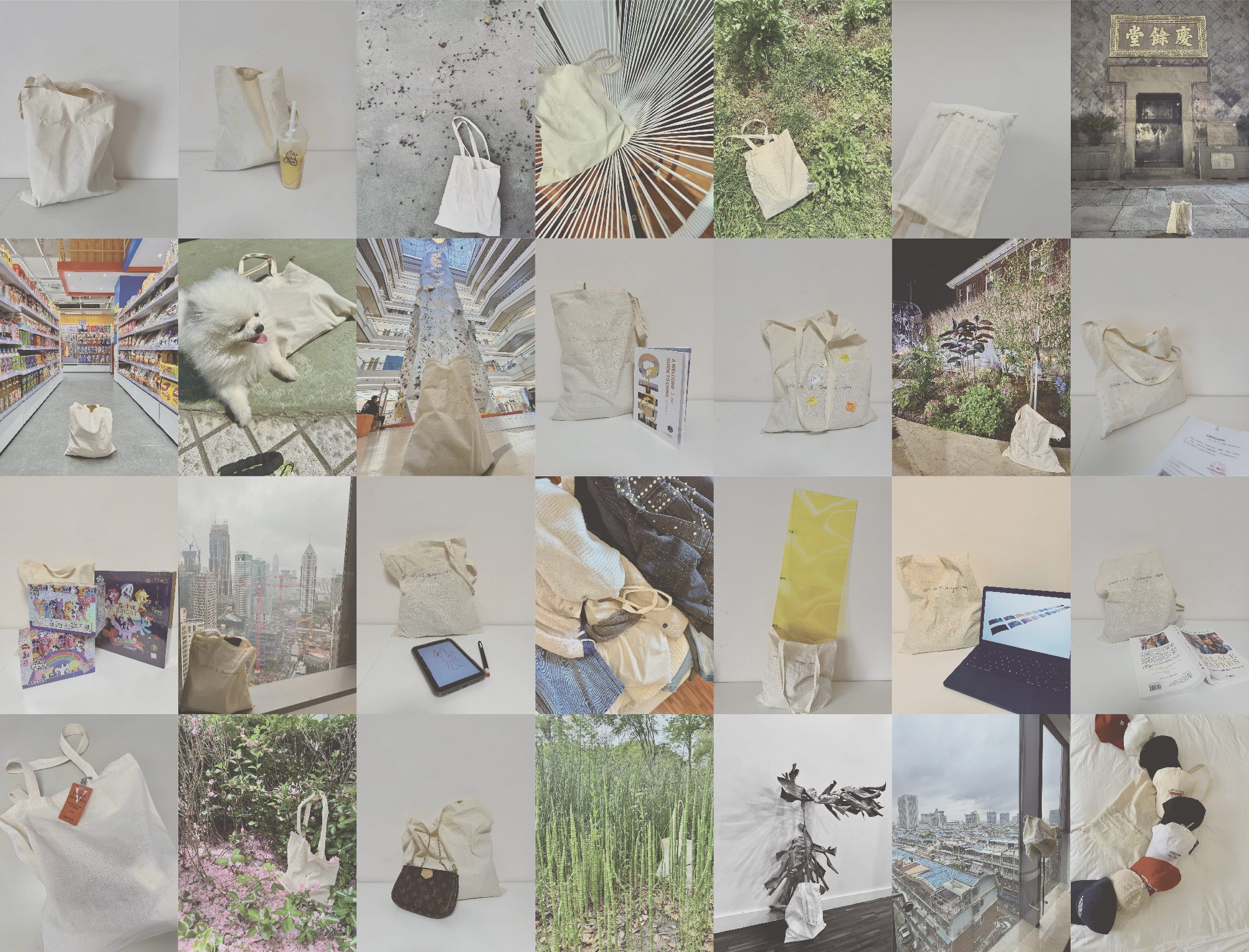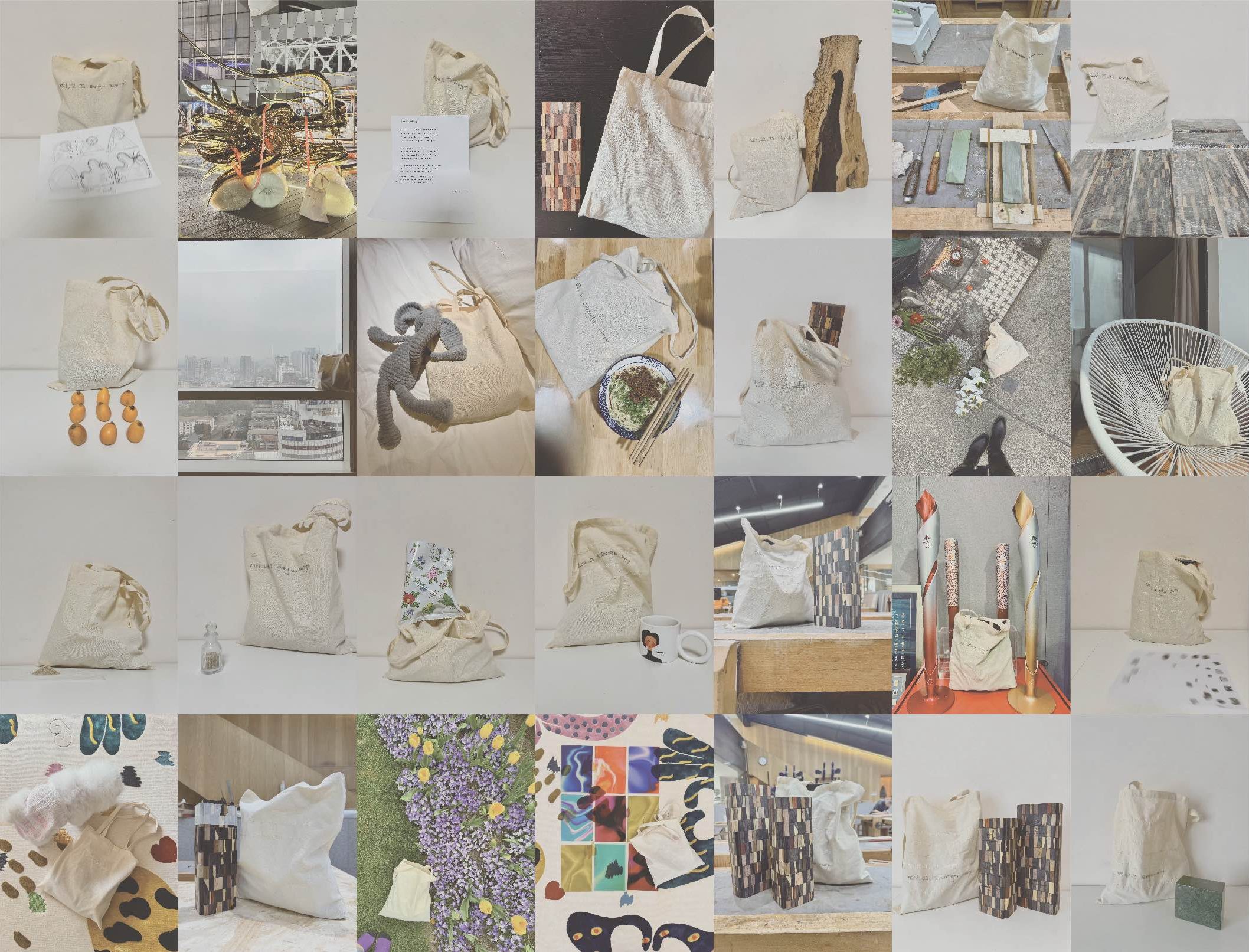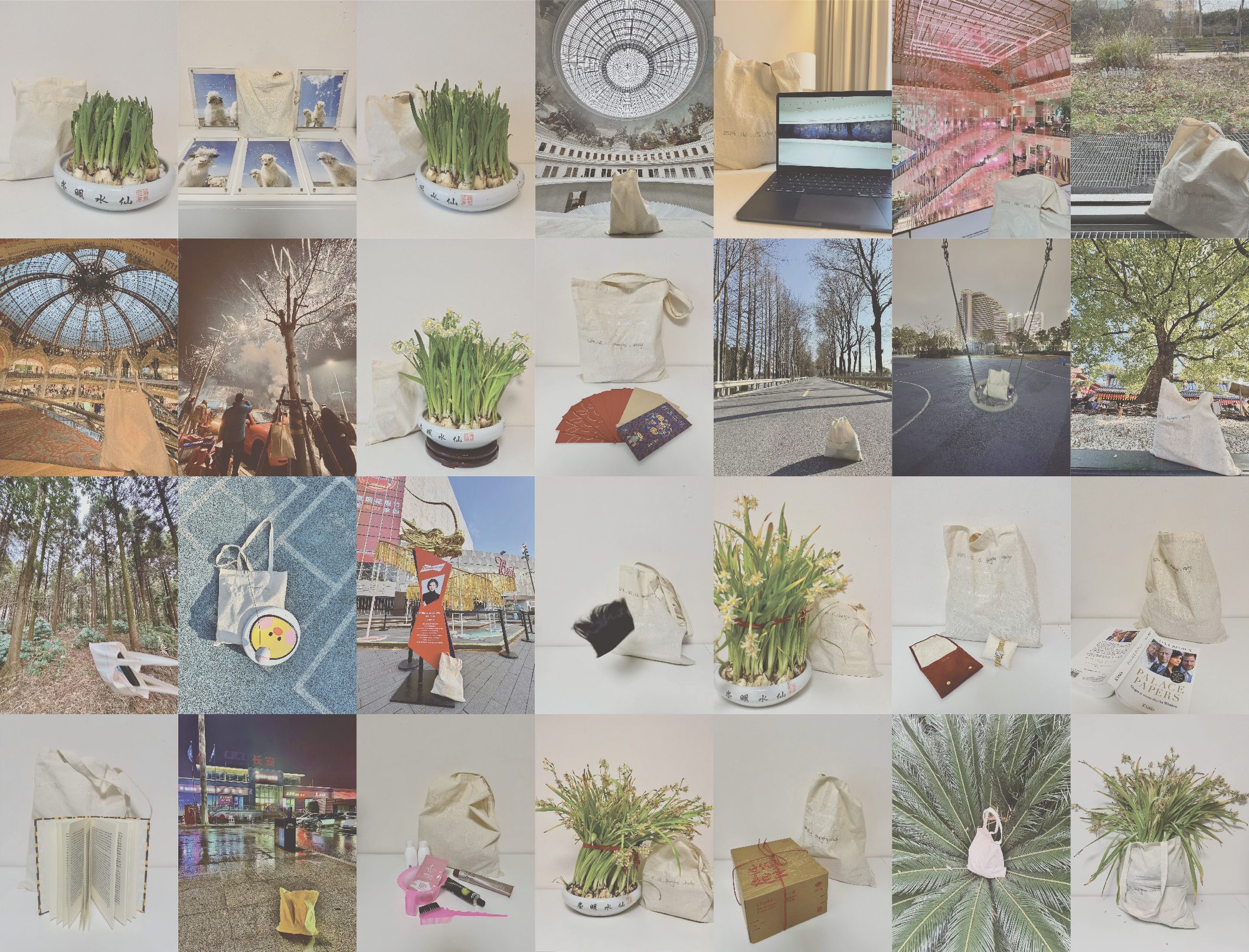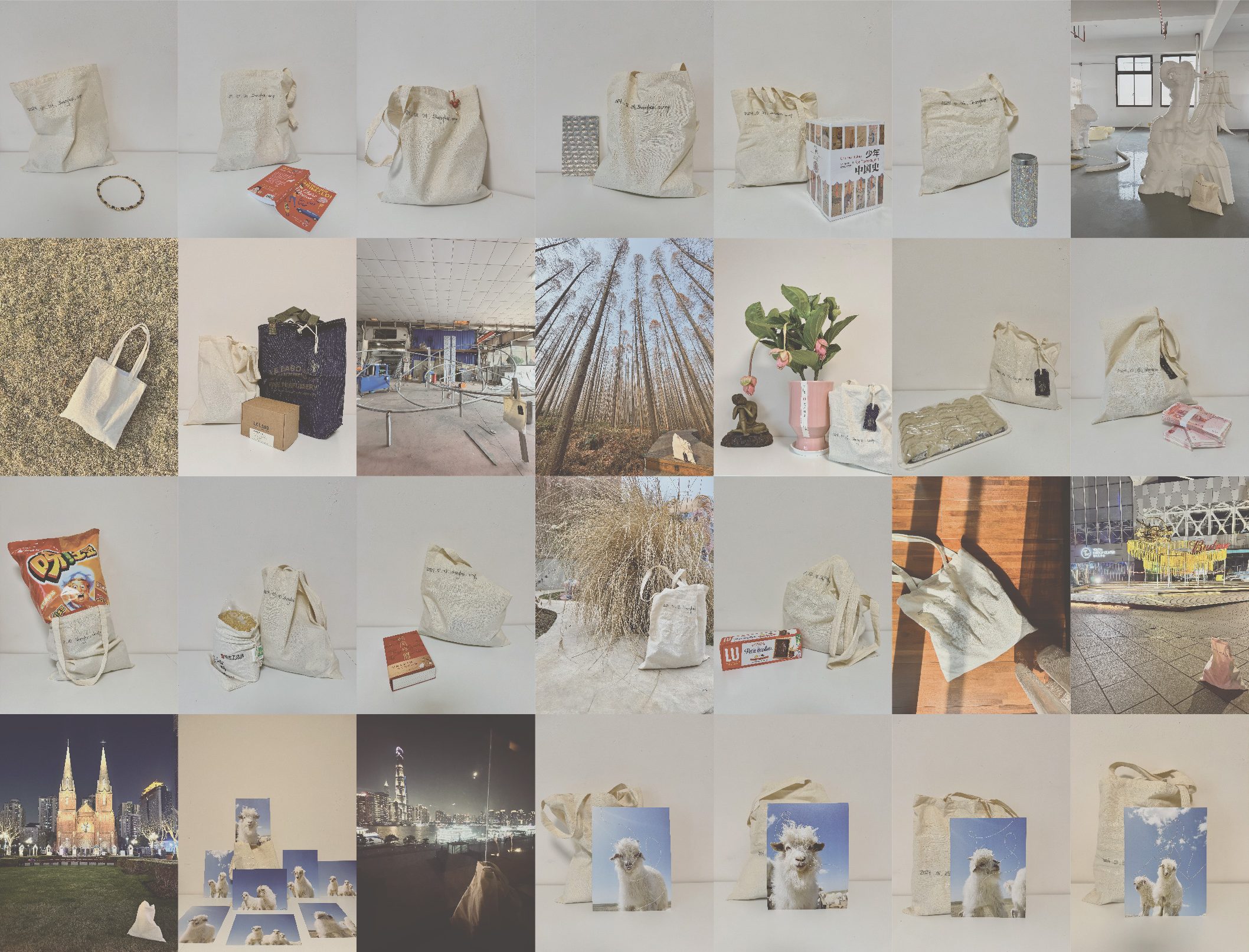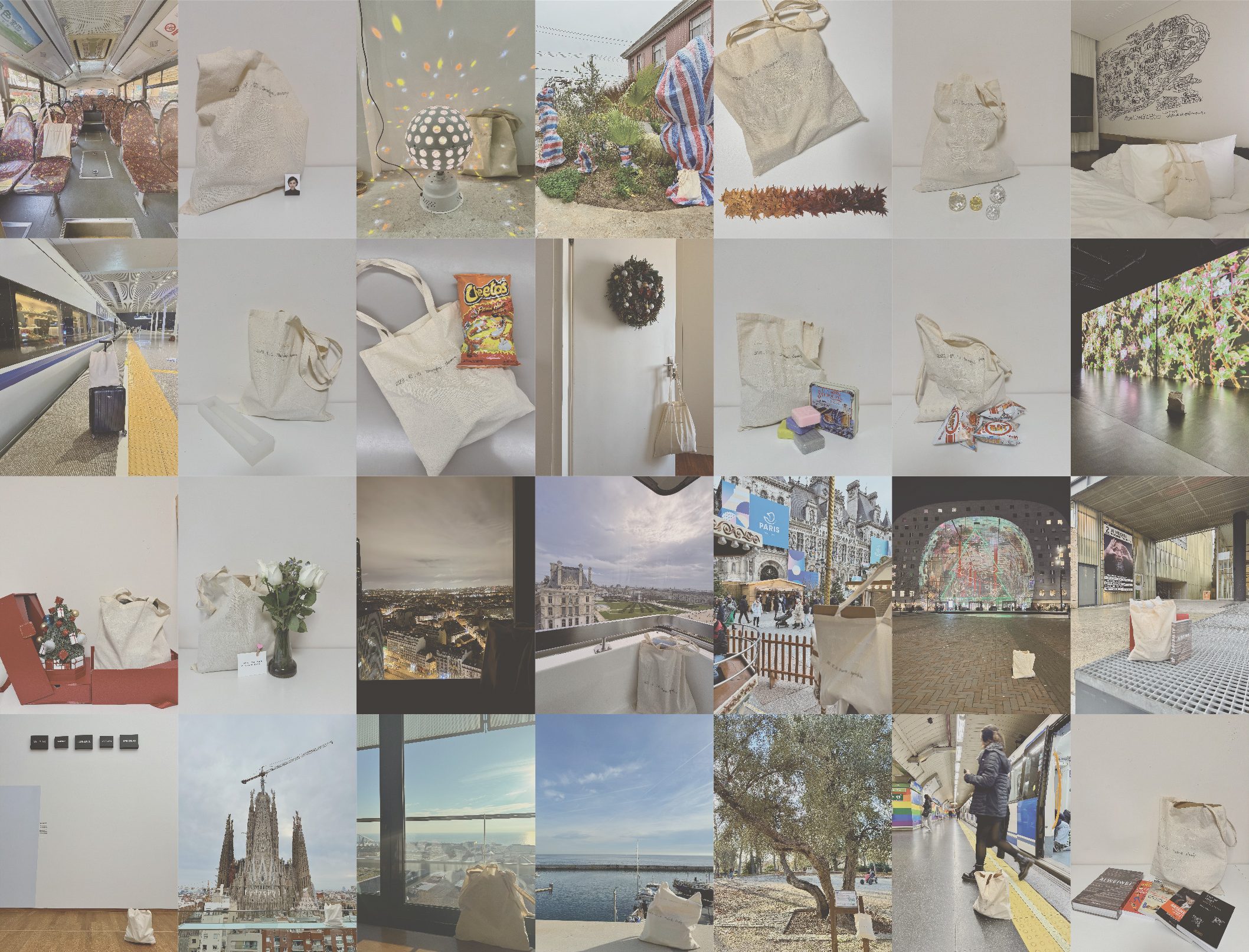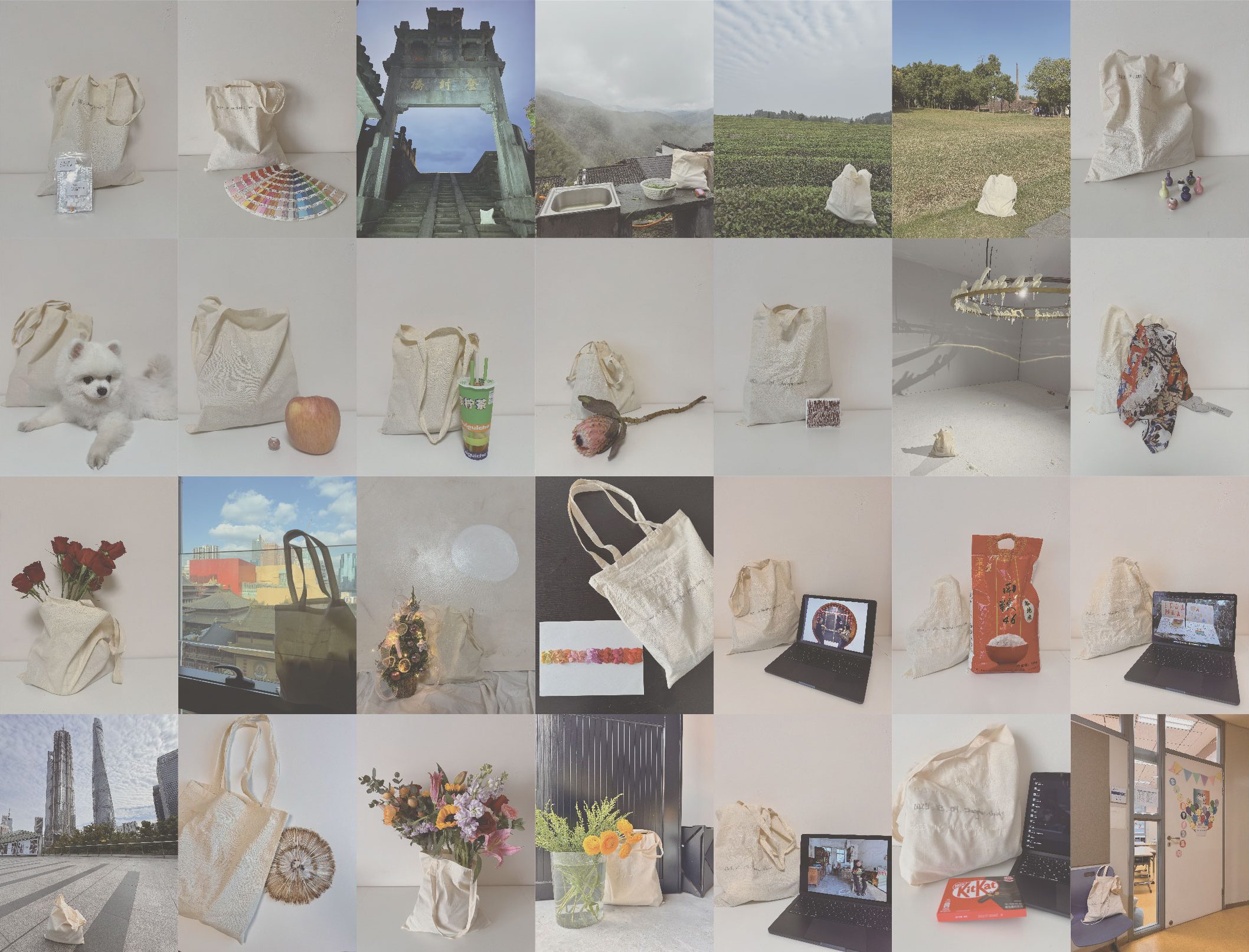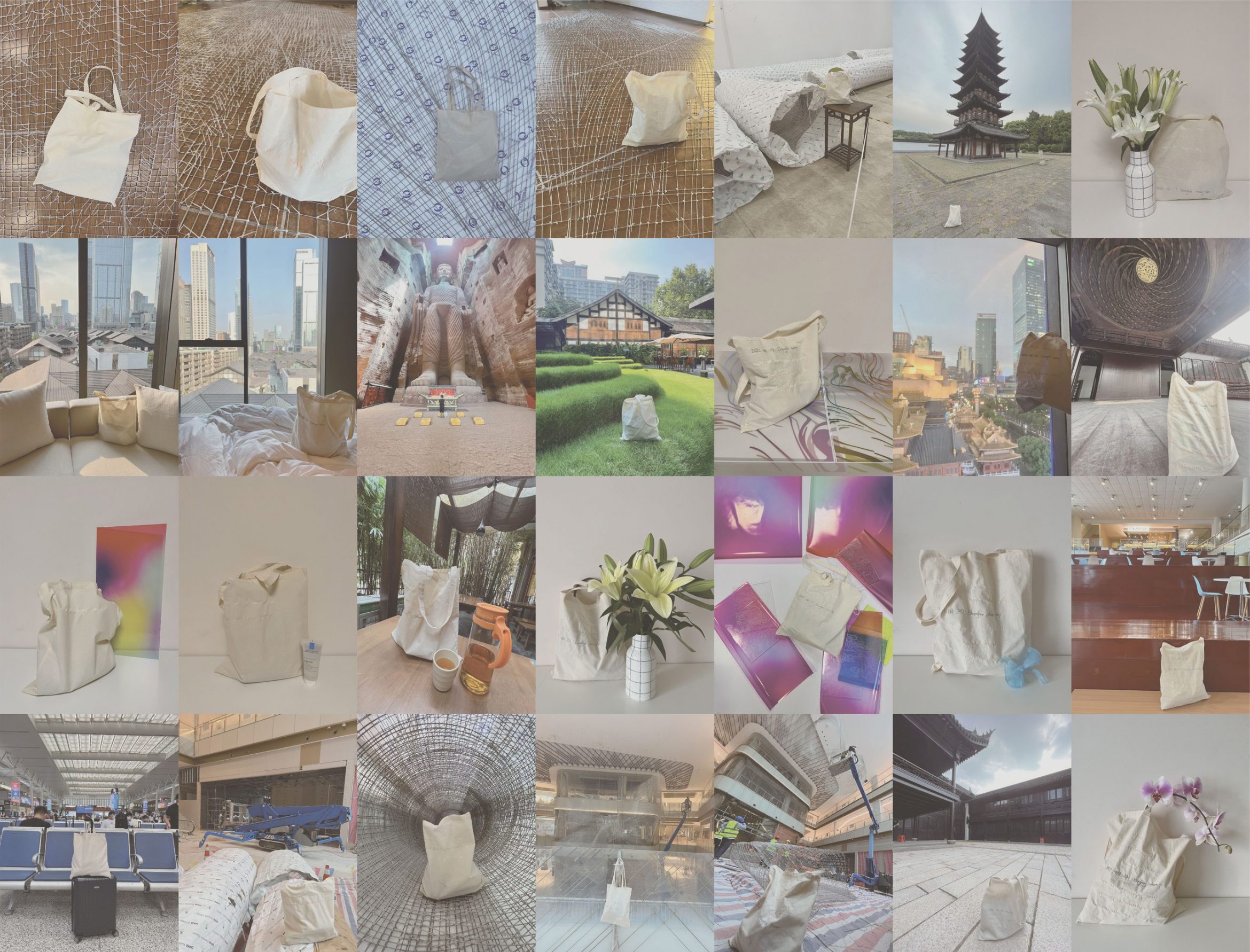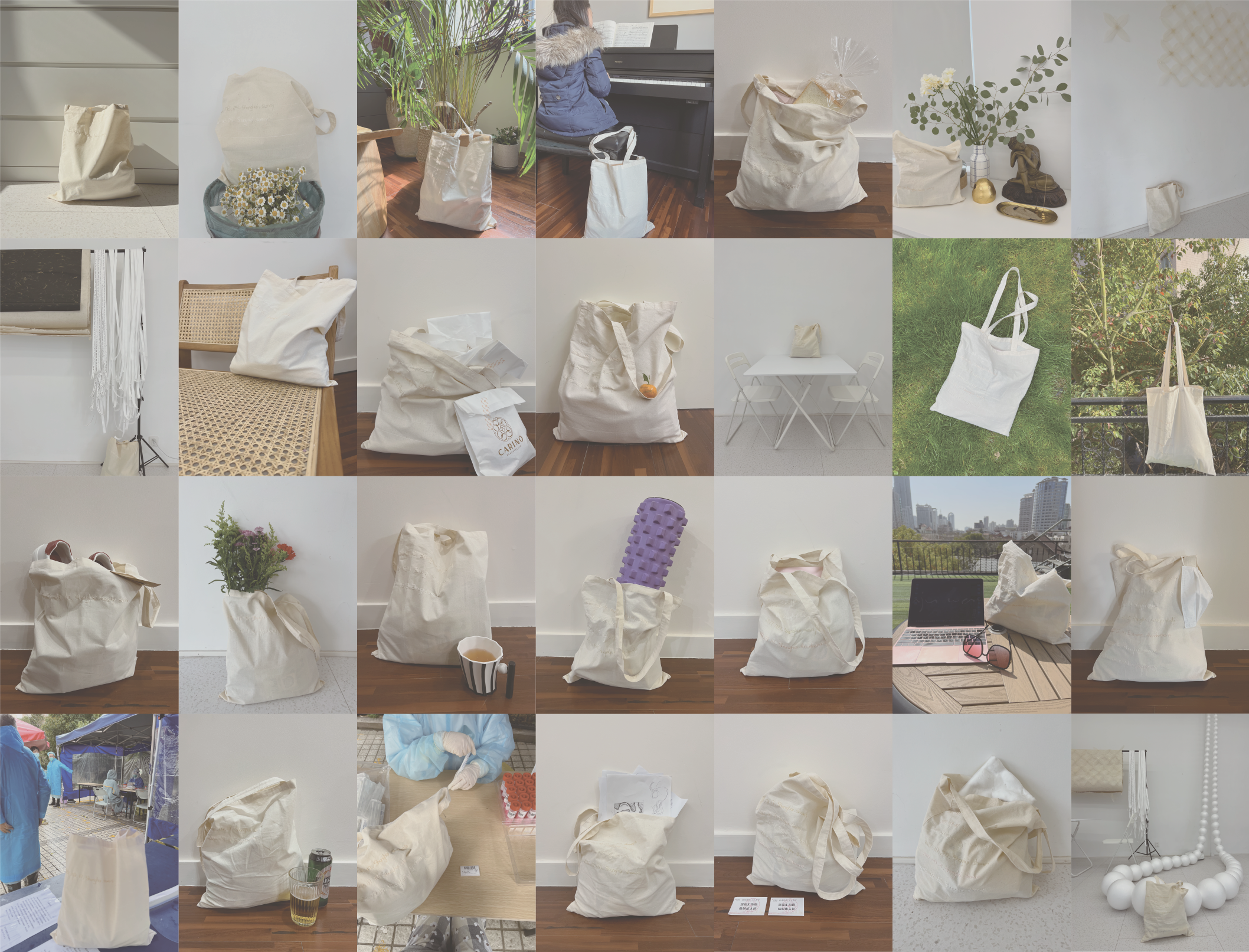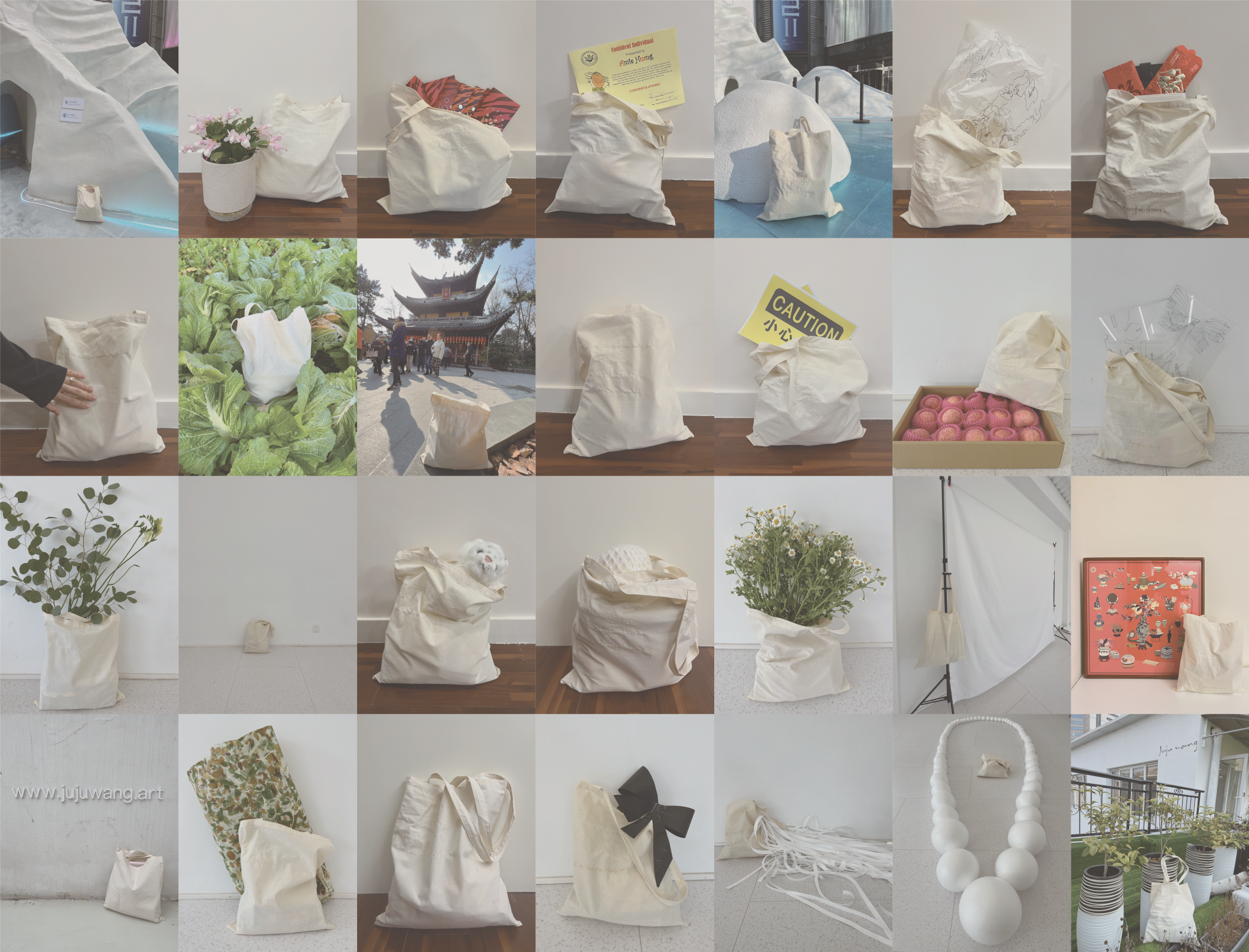JUJUWANG
Everything, in time.
“The Same New Days” was initially inspired by Scottish artist Katie Paterson’s “Future Library”. I found her works and visions so motivating that it pushed me to think about the future from my own perspective. My mind struggles to grasp the full scope of time beyond my own lifetime, but I still wanted to explore this idea of an "Overview Effect"—seeing things from a broader, more timeless viewpoint. That’s how this project began, and over the past years, it has evolved significantly.
What’s beautiful about this process is how ideas keep compounding—new insights build upon old ones, leading to deeper understanding of the meaning of life, the society and the world we are living in today. It’s not a black-and-white journey; instead, it’s nuanced, ever-changing and looping.
It’s a fascinating phenomenon: as technology advances, our quality of life improves rapidly, yet history continues to repeat itself outside the realm of innovation. Politically and religiously, humanity remains locked in cycles of conflict—fighting for pride, dignity, and power, century after century.
This project reflects that duality. Each tote bag serves as a tangible canvas, meticulously sewn with the date, location, and weather of the city where I stayed, transforming into a chronicle of existence. The photos I take daily capture the cutting edge of technology, our rising living standards, and the evolution of entertainment. Meanwhile, the daily news clips from “The New York Times” reveal a recurring cycle of events—proof that despite progress, human nature stays the same.
In recent years, AI has added a fascinating new dimension to this phenomenon. As an experiment, I've used artificial intelligence to generate fabricated news stories based on its interpretation of current events, then mixed these with real headlines from The New York Times - presenting both in identical fortune cookies. This mirrors our modern reality, where people spend nearly half their lives consuming digital information. In this environment, distinguishing truth from fiction becomes increasingly difficult, as does discerning the intentions and agendas behind the content we encounter daily.
Comparing today’s headlines to those from 50-100 years ago, it’s clear that news has become more sensationalized and less substantive. Journalists now operate at a breakneck pace, prioritizing speed over depth, leaving information half-processed and emotions unchecked. We react impulsively, jumping to conclusions without full understanding.
Ultimately, “The Same New Days” is an open question for future generations. When they look back on our era with detachment and hindsight, how will they judge us? Will they see the patterns we missed? My hope is that this work sparks reflection—not just on where we’re headed, but on the cycles we’re trapped in.
